Learn
Why should you leave your leaves?
Leaves are a crucial component of a healthy ecosystem. Allowing the leaves to decompose where they fall or gently placing them in a specific area in your yard has a multitude of benefits.
Climate change means more flooding and more drought. A bed of decomposing leaves acts like a sponge, soaking up water during heavy rains. The leaves slowly release water, keeping trees and other plants hydrated during a drought and reducing runoff during heavy rains. This means less water leaves your yard to flood downstream into our streams, rivers, and even our drinking water. The benefits of leaving your leaves will be proportionally greater in low-lying areas that are more prone to flooding.
Leaves are essential for a healthy insect population.
Leaf litter provides winter habitat for many pollinators and 94% of caterpillars—the two classes of insects we need most.
Red-banded hairstreak butterflies lay their eggs on fallen oak leaves, which become the first food for caterpillars when they emerge. Many other butterflies and moths overwinter in the leaves as caterpillars, chrysalis or eggs.
Insects are crucial to climate resiliency and biodiversity. Sustaining the earth’s ecosystems can be accomplished by sustaining the plants and animals that run those ecosystems. If all insects were to disappear today, humans would survive only a few months, according to biologist E. O. Wilson. Unfortunately, insects have declined 50 percent in the last 40 years. Fireflies also overwinter in leaves—no leaf litter, no “lightning bugs for children to catch.”
Caterpillars and other insects are critical food for baby birds. Since nearly one-third of the wild birds in the United States and Canada (2.9 billion birds) have vanished since 1970, providing food for nestlings is crucial. A clutch of small baby birds such as Chickadees requires 7000 caterpillars to grow to adulthood.
Leaves help control weeds and enrich the soil as they decay. Lawn and bare ground provide none of these services.
Turf grass provides no ecosystem services to promote biodiversity or increase climate resiliency or help with water runoff. With roughly 40 million acres of lawn, turf grass is the single largest “crop” the US grows. Turf grass requires lots of hours to maintain mowing grass, fertilizing, and watering and the noise and air pollution caused by gasoline powered equipment. Reducing turf saves time, money and pollution.
What can you do with your leaves?
Leave them as a replacement for grass under trees.
Rake them into natural areas around shrubbery and into flower beds in place of purchased mulch.
Use the leaves to create compost for your beds.
Most gardeners consider leaf litter as good as “gold” for the yard.
As more and more land is developed, we must look to the property surrounding houses and other buildings to help provide essential ecosystem services.





